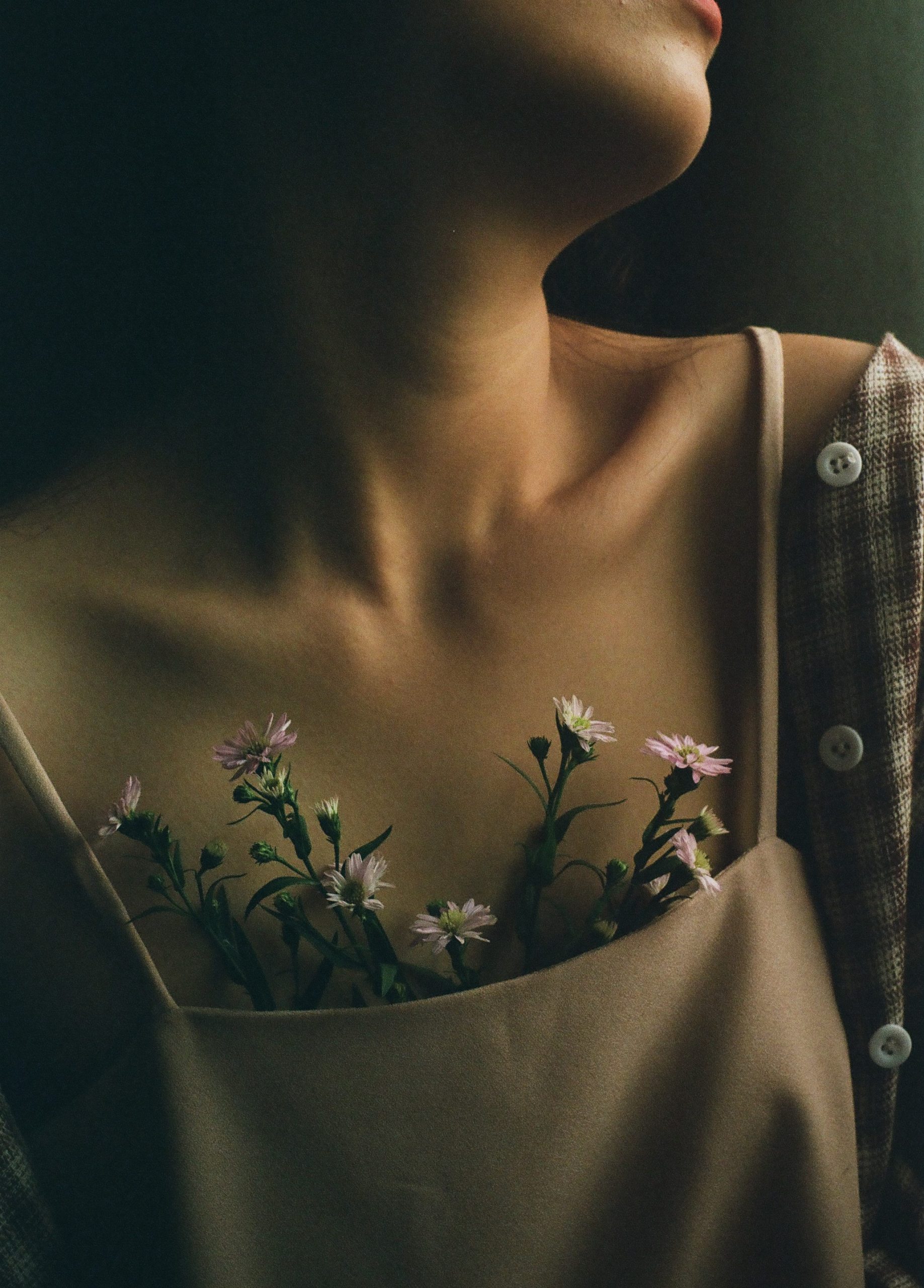Introduction: In a world brimming with technological advancements and digital experiences, the allure of art remains as captivating as ever. Museums, galleries, and art fairs offer a gateway to explore the depths of human creativity, where brushstrokes and sculptures come alive. These vibrant spaces provide art enthusiasts with an opportunity to immerse themselves in a world that transcends time and space, allowing them to witness the beauty of artistic expression up close. Join us as we embark on a journey through the realm of art, where every stroke and chisel tells a story waiting to be discovered.
The Enchanting Museums: Museums are the custodians of culture and history, preserving and exhibiting masterpieces that reflect the evolution of art throughout the ages. From renowned institutions like the Louvre in Paris to the Metropolitan Museum of Art in New York City, these hallowed halls house treasures that have withstood the test of time. Visitors can marvel at iconic paintings like the Mona Lisa or immerse themselves in the grandeur of ancient sculptures. Museums not only showcase individual works of art but also curate exhibitions that shed light on specific periods, artistic movements, or themes, creating a tapestry of human expression.
Galleries: Where Art Finds Its Voice: Galleries, both large and small, serve as vibrant hubs for emerging artists and established maestros alike. These intimate spaces allow visitors to experience art in a more personal and interactive manner. From contemporary installations that challenge societal norms to abstract paintings that evoke emotions, galleries provide a platform for artists to push boundaries and spark conversations. Here, one can engage with artists directly, gaining insights into their creative process and inspirations. Galleries often host openings and events, fostering a sense of community and facilitating dialogues that enrich our understanding of art.
Unveiling the Art Fairs: Art fairs bring together a multitude of galleries, artists, and art enthusiasts under one roof, creating a bustling marketplace of creativity. These vibrant events, such as Art Basel and Frieze, serve as global platforms for artists to showcase their work on an international scale. Art fairs not only attract collectors and dealers but also offer opportunities for the general public to engage with art in a dynamic setting. From immersive installations to thought-provoking performances, these fairs go beyond traditional exhibitions, blurring the lines between art, commerce, and cultural exchange.
Research Techniques and Verifying Sources: When writing about the world of art, it is essential to employ effective research techniques and verify sources diligently. Start by exploring reputable art publications, scholarly articles, and museum catalogs to gather relevant information. Contacting artists, curators, and experts in the field can provide valuable insights and ensure accuracy in reporting. Cross-referencing multiple sources, fact-checking statements, and seeking diverse perspectives help in presenting a comprehensive and unbiased account.
Ethics and Responsible Reporting: Journalistic ethics play a crucial role in art reporting. Respecting the intellectual property rights of artists, seeking permissions for photography and interviews, and accurately attributing quotes and information are paramount. Maintaining impartiality, avoiding conflicts of interest, and disclosing any affiliations or sponsorships is vital to preserving journalistic integrity. Art criticism, while subjective, should be constructive and backed by well-reasoned arguments, fostering a dialogue rather than promoting sensationalism.
Conclusion: Art, in its myriad forms, has the power to inspire, challenge, and move us. Museums, galleries, and art fairs serve as conduits for this transformative experience, allowing us to engage with the beauty and creativity of the human spirit. By venturing into these




